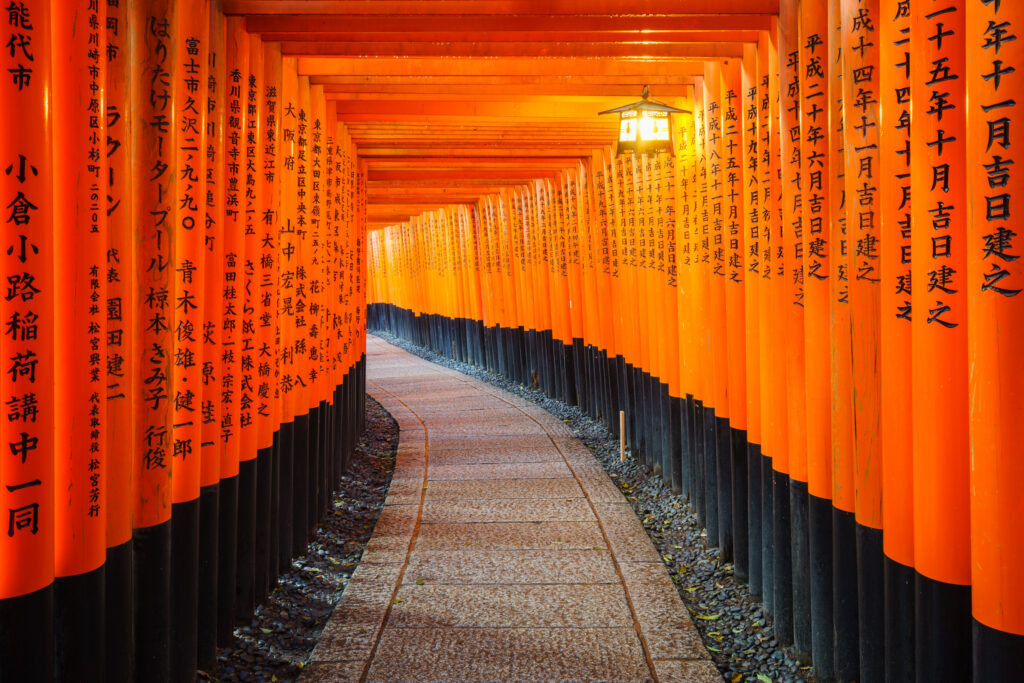I was born in Kyoto and raised in neighboring Shiga Prefecture, which is where I lived until I moved to Tokyo for a career shift when I was 30 years old. As someone who has spent a lot of time in both Kansai and Kanto regions, I feel–at least somewhat–qualified to talk about the differences in dialects.


Even though we’re speaking the same language, people can usually tell that I’m originally from Kansai based on how I say certain words. When I first moved to Tokyo and worked in sales, I tried to blend in by limiting my Kansai dialect as much as possible (thus, speaking hyojungo or “standard language” spoken in the Kanto region), but one little word that always slipped out was “-haru” used at the end of verbs. It’s an honorific used in the Kyoto dialect to show a respectful or gentle feeling toward the other person.
For example:
To do: “Suru” (standard Japanese) → “Shite-haru” (Kansai dialect)
To go: “Iku” (standard Japanese) → “Ika-haru” (Kansai dialect)
To look: “Miru” (standard Japanese) → “Mite-haru” (Kansai dialect)
There are plenty of other instances where the two dialects differ, and even among different areas within Kansai (for example, Kyoto and Osaka), there can be slight variations too.
If you keep this in mind, you might notice the subtle differences when you visit both regions, or be able to identify a Kansai person in Tokyo–like myself!
Learn more about Japanese dialects: https://shorturl.at/D4oKJ

